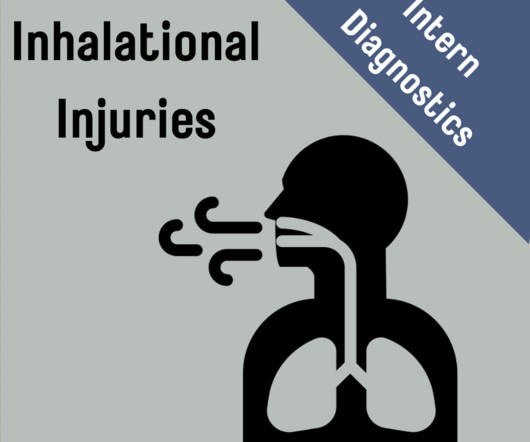The 90th Bubble wrap DFTB X The Bridge
Don't Forget the Bubbles
MARCH 31, 2025
Lack of fluid monitoring throughout the PICU stay led to underreporting of MODS resulting from late-onset FO. Sepsis is a significant cause of mortality in children, and fluid resuscitation is a key treatment strategy. Prolonged fluid overload may still contribute to organ dysfunction over time. Why does it matter?

















Let's personalize your content